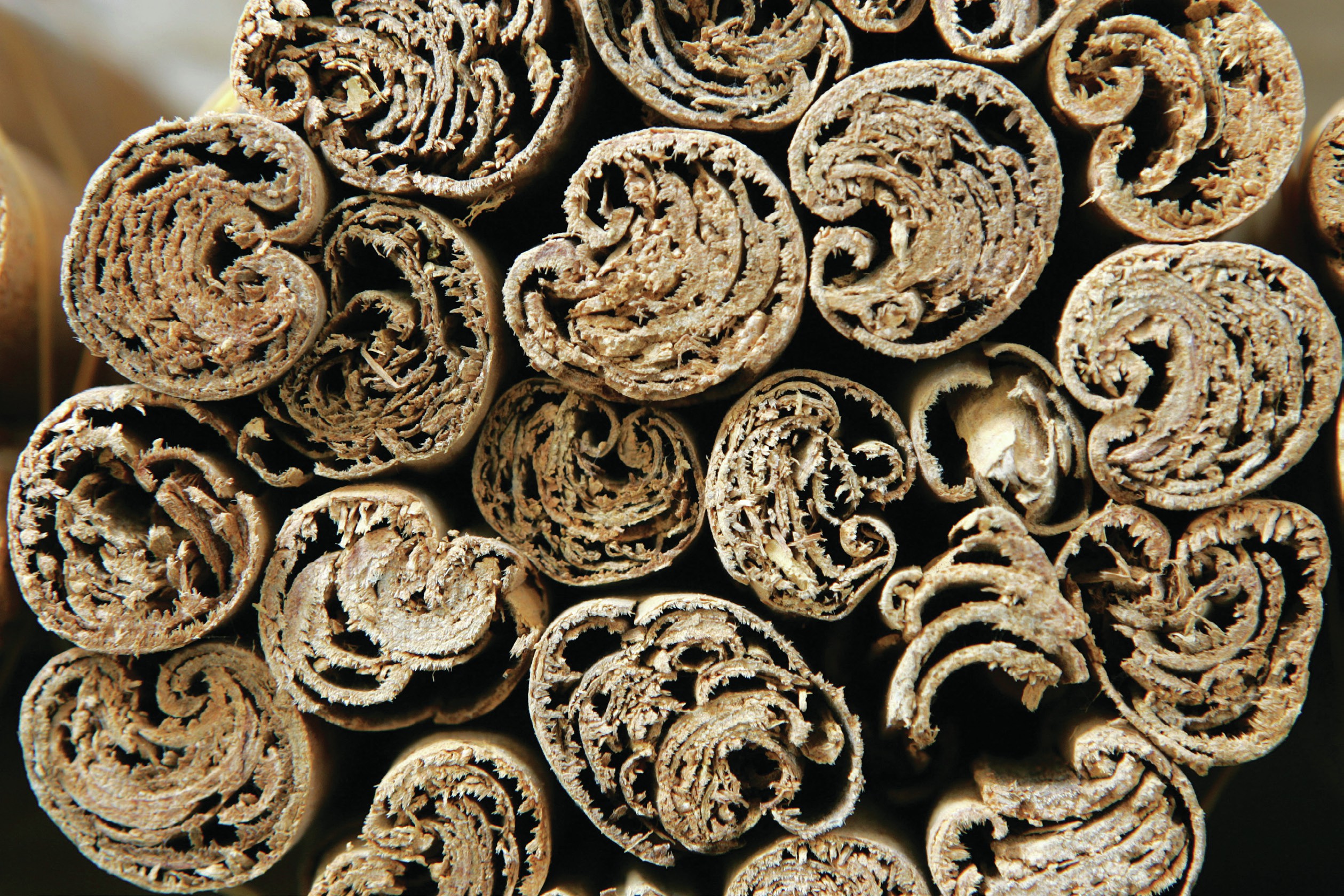
Cinnamon spice comes from peeling and processing the bark of the cinnamon tree (Cinnamomum zeylanicum),an aromatic perennial tree indigenous to the central hills of Sri Lanka. There are 26,000 hectares of cinnamon trees concentrated in the coastal belt in Sri Lanka, where the soil and climate are suitable for them. The trees peak in productivity when they are between 7 and 40 years old, and it is possible to produce up to 1,000 kg of cinnamon ‘quills’ (sticks) per hectare. The average yield in Sri Lanka, however, is only 623 kg ha−1, and this figure has hardly changed for decades.
A net income of about US$2,700 per hectare can be expected, but the average cultivator has only 0.5 ha of land. This is a smallholder commodity, not a crop grown on large plantations, like, say, bananas in central America. About 10,000 families are actively involved.
Your organisation does not have access to this article.
Sign up today to give your students the edge they need to achieve their best grades with subject expertise
Subscribe




